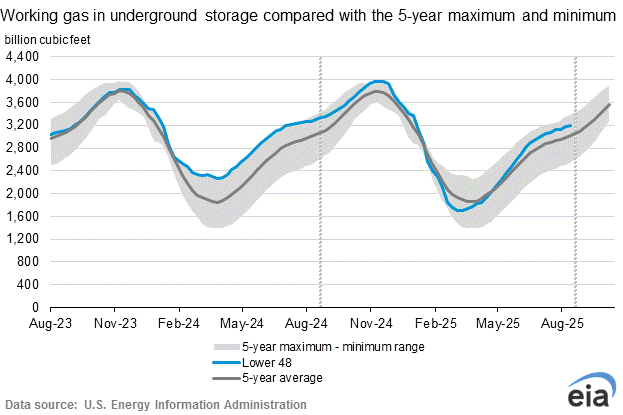3:00 a.m.
Equities:
It seems that after getting a belly full of lunch either the Asian traders got sick and bearish or European bearish news started to filter in. Asian equities started to tank once the wires were hot around 5am UK time. European equities opened with bearish sentiment from downgrades of Irish debt. Banking banking banking again the media wants to keep on highlighting. All European indicies are currently down over 1% with Asian Equities slightly down.
Fx:
Instantly with 12am US EST the EUR/USd sold off hard, with the pound right behind. In fact all major pairs correlated to this dollar strength mainly: AUD, CAD, EUR, and GBP. The only pairs lagging this move are the JPY and CHF (core positions). Both the JPY and CHF have been range bound with since Sunday’s 5pm US EST open. Times like this are golden opportunities to scale in.
The strongest leader in the dollar reversal has been the CAD its bottom with its bottom forming with yestedays US equity open. As my partner Pat mentioned to me, for sure with the UK open we are seeing markets move in our favor. With the US open we will see continued momentum of dollar strength and equity weakness.
M&A:
3Q busiest for M&A according to Bloomberg. Corporate Cash stands at 3T dollars with the tech sector with 200B of the chucnk between, China Mobile, CSCO, MSFT, and ORCL.
Media likes to spin this M&A activity as a view of confidence for future investment. I don’t completely disagree, but I get the feeling that these cash cows have more money than they know what to do with. Its much easier to grow through acquisition than innovate and generate organic growth; especially when your 10x the size of an elephant. Helping these big cash cows are low borrowing cost and higher productivity from cut backs. Of the industries/sectors to help float the SPX with strong cash and earnings: energy, chemicals, telecom, materials, and pharma. These industries will see strong activity in M&A into 2011.
News:
HSBC’s management shuffle shall prove to be interesting as another Ibanker takes the reigns of the largest bank in Europe. No longer are incomes generating positions favored alone, income generators with risk background seems to be the right mix. Many challenges lay ahead and it will be interesting to see where Gulliver takes HSBC. Bloomberg cites that 56% of HSBC’s revenues came from western nations with only 36% coming from Asia last year. Using the Asia will be key for HSBC’s growth engine, and may be its saving grace. Though, getting ahead of its main competitor in Asia (Standard Charter Plc), will very challenging. Given Gulliver’s treasury/risk/IB background, is he really prepared to take on Asia? Considering that capital markets are not fully developed in Asia, focusing on Corporate/Global Banking will be key to getting ahead in untapped markets. Surely there are growing IB opportunities in HK, Japan, Australia, and maybe Singapore, but the rest of Asia is still far behind.
Gulliver states, “You should not expect a significant change,” … “It’s important to take away from this that the processes that Mike has started and Stephen has started I will continue.”
Well, Mr. Gulliver, as they say “easier said than done.” Let’s see where this story goes…
Michelin & Cie plans to raise 1.2 billion Euros. According to Bloomberg, the capita will be used for expansion into emerging markets. With continued industrialization in Asia, start watching those rubber prices. Expect more money to flow to ANRPCs (Association of Natural Rubber Producing Countries – Cambodia, China, India, Indonesia, Malaysia, Papua New Guinea, Philippines, Singapore, Sri Lanka, Thailand and Vietnam). Leading indicators; investment in automakers abroad, chemical industrial development etc…
Takefuji Corp Japan’s third largest lender is filing for bankruptcy protection today. To me this just speaks of institutional sclerosis and much financial reform needed in Japan. I guess the recent financial crises was not enough for an Olsonian Shock as Japan for the most part was insulated. Though, it seems now that American banks are not the only ones who need to clean up their loan portfolios.
Ningbo Port Co., dropped 3.2 since its IPO on concerns of slowed export growth. The figure given is that export growth will slow by 15% on weak consumer demand from the US and Europe into next year. I will have to say that any slowed consumption growth will be lagged in nature and probably be hangover from 2010. I question a continued weak consumer as I expect job’s number to start firming up into 2011.
PSA Peugeot Citroen breaks into the electric car market. Is green really the next asset boom? This also comes with news from Germany employing penalty taxes on nuclear energy and ramping up investment on renewable energy.
MGM Resorts China Ltd, files for Hong Kong Stock Exchange Listing.
- Alexander T Lê
Resources:
HSBC
http://www.bloomberg.com/news/2010-09-27/hsbc-turns-to-former-boxer-risk-manager-gulliver-amid-succession-struggle.html
Michelin Capital Raising:
http://www.bloomberg.com/news/2010-09-28/michelin-starts-1-6-billion-stock-sale-to-investors-at-45-euros-per-share.html
Takefuji Bankruptcies:
http://www.bloomberg.com/news/2010-09-27/takefuji-said-to-file-for-bankruptcy-today-amid-rising-interest-refunds.html
Ningbo slow trade:
http://www.bloomberg.com/news/2010-09-28/ningbo-port-falls-on-shanghai-debut-after-1-1-billion-initial-share-sale.html
Peugeot entering green car space:
http://www.bloomberg.com/news/2010-09-27/peugeot-s-varin-pitches-diesel-electric-car-in-race-to-catch-toyota-prius.html
Nuclear Tax in Germany:
http://www.triplepundit.com/2010/09/merkel’s-german-energy-plan-mixes-old-and-new-with-amped-renewable-goals/









































